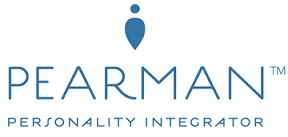 The Pearman Personality Integrator—a new Type tool published by MHS—presents personality Type in new levels of specificity, opening up any number of new and useful avenues of Type development for those who take it. The benefits of the Pearman to individual development and to coaching are clear from first glance, but the team and group-level applications, while just as powerful, are not as obvious. OKA has made its reputation by making trainer support tools and bringing experiential and actionable designs to the training we take on, and in that light, I want to share just two of the half-dozen or so group-level exercises that are enabled by the Pearman and this new tool’s unique approach to Type and resilience.
The Pearman Personality Integrator—a new Type tool published by MHS—presents personality Type in new levels of specificity, opening up any number of new and useful avenues of Type development for those who take it. The benefits of the Pearman to individual development and to coaching are clear from first glance, but the team and group-level applications, while just as powerful, are not as obvious. OKA has made its reputation by making trainer support tools and bringing experiential and actionable designs to the training we take on, and in that light, I want to share just two of the half-dozen or so group-level exercises that are enabled by the Pearman and this new tool’s unique approach to Type and resilience.
Team Behaviors
One obvious benefit of using the MBTI with teams is the Type Table—a visual that captures every team member’s Type preferences. If you are doing group-level work with the Pearman, you need a visual—an artifact—that, like a Type Table, captures the group members’ preferences. But the Team Behaviors exercise/process with the Pearman goes a step further by allowing a team to capture with a focusing visual/artifact a summary of the behaviors the group collectively values and/or strives for.
While the Team Behaviors exercise assumes participants have all taken the Pearman, the exercise starts with participants’ setting their instrument results aside. In the exercise, team members are given a deck of 24 cards that are an assortment of behavioral statements—a clear way in which a Type attitude or function manifests within a group or team.
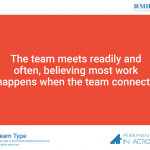
 The team is asked to force-sort these cards into three groups of eight—the top eight being behaviors the team likes, expects and routinely engages with each other. The team is then presented with a Team Behaviors poster, which collects all 24 statements batched by Type preference. The team finds and highlights the eight behaviors it has selected as most important/expected, revealing the typological bias or preferences of the group.
The team is asked to force-sort these cards into three groups of eight—the top eight being behaviors the team likes, expects and routinely engages with each other. The team is then presented with a Team Behaviors poster, which collects all 24 statements batched by Type preference. The team finds and highlights the eight behaviors it has selected as most important/expected, revealing the typological bias or preferences of the group.

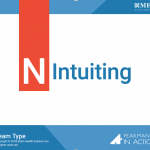
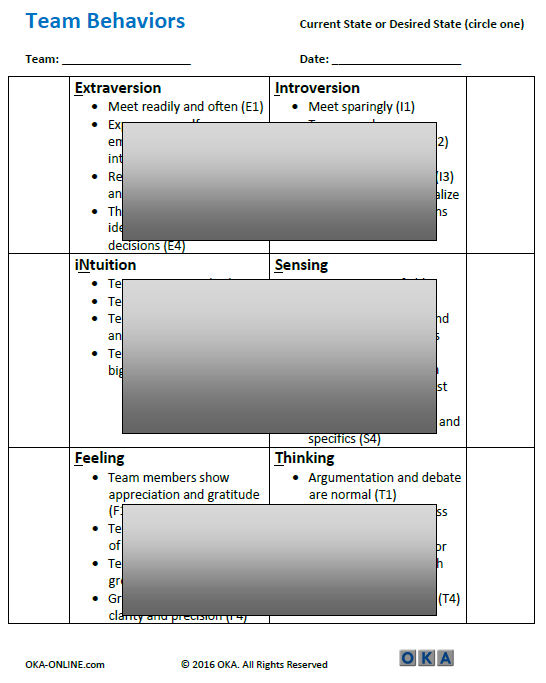 At this point, team members—referring to their Pearman reports—sign onto the Team Behaviors poster, identifying (with a check mark or their names) their type preferences. The result is a visual statement that, at a glance, summarizes the team’s unique behavioral pattern or expectations as well as the natural preferences of each team member. The discussion that flows from this output covers both the demands on each person of the team’s culture as well as the impact on the team of this collection of natural Types.
At this point, team members—referring to their Pearman reports—sign onto the Team Behaviors poster, identifying (with a check mark or their names) their type preferences. The result is a visual statement that, at a glance, summarizes the team’s unique behavioral pattern or expectations as well as the natural preferences of each team member. The discussion that flows from this output covers both the demands on each person of the team’s culture as well as the impact on the team of this collection of natural Types.
Team Resilience
A remarkable feature of the Pearman is the FlexIndex, a unique measure of our cognitive agility. OKA has designed a process through which a group can use the Pearman to explore (and expand) its own team resilience.
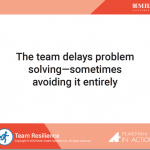
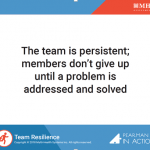
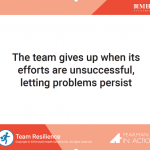
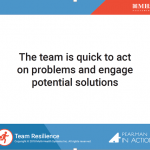 This exercise also tasks a team or working group to sort a series of cards. This time, there are 15 cards—each of which details a behavior that supports team agility and resilience, and the team is asked to decide (as a group) how frequently they engage this behavior (Almost Always, Usually, Sometimes, Almost Never).
This exercise also tasks a team or working group to sort a series of cards. This time, there are 15 cards—each of which details a behavior that supports team agility and resilience, and the team is asked to decide (as a group) how frequently they engage this behavior (Almost Always, Usually, Sometimes, Almost Never).
These cards have been composed to detail a resilience behavior on one side (all flowing from the five components of the Pearman’s FlexIndex—Proactivity, Composure, Connectivity, Variety Seeking, and Rejuvenation) and the opposite action on the reverse side of the card—a behavior that actively works against team resilience. Resilience behaviors are outlined in green, and behaviors cutting against team agility outlined in gray.
Any behavior the team decides they engage only Sometimes or Almost Never actually indicates that the opposite behavior—the one that diminishes team resilience—is engaged more often than not (Sometimes or Almost Always). Once the resilience behaviors are sorted by frequency, all 15 behaviors are hung on the Team’s Resilience Portrait. All behaviors—either the positive behaviors that support resilience or the negative ones that work against it—are displayed as things the team does Usually or Almost Always.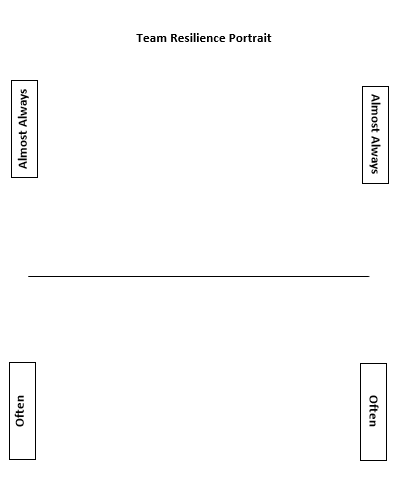
The team can then discuss the negative behaviors it could/should work to turn around—the specific ways it could then work to become more resilient. Referring to their own Pearman results, team members can then decide the specific FlexIndex components each will exercise or work on to benefit the team’s overall resilience.
Use the Pearman as a Team Tool

The benefit of the Pearman to a coaching session or an individual’s deep dive into Type development is clear, but don’t let that obscure the unique and powerful team approaches the Pearman opens up. To experience these exercises (and a number of others), consider taking OKA’s interactive 2-day Pearman Certification workshop. Whether you are new to the world of Type or are a long-time Type user with the MBTI or some other Type tool, the Pearman would be a nice addition to your suite of development tools. I hope to see you at an upcoming training event.

I like the Flex index card “game”. This is a really good addition to the prescription flip chart exercise. Thanks for always thinking up excellent ways to use this information. I really enjoy the team aspect and hope to use your card games in my next training!